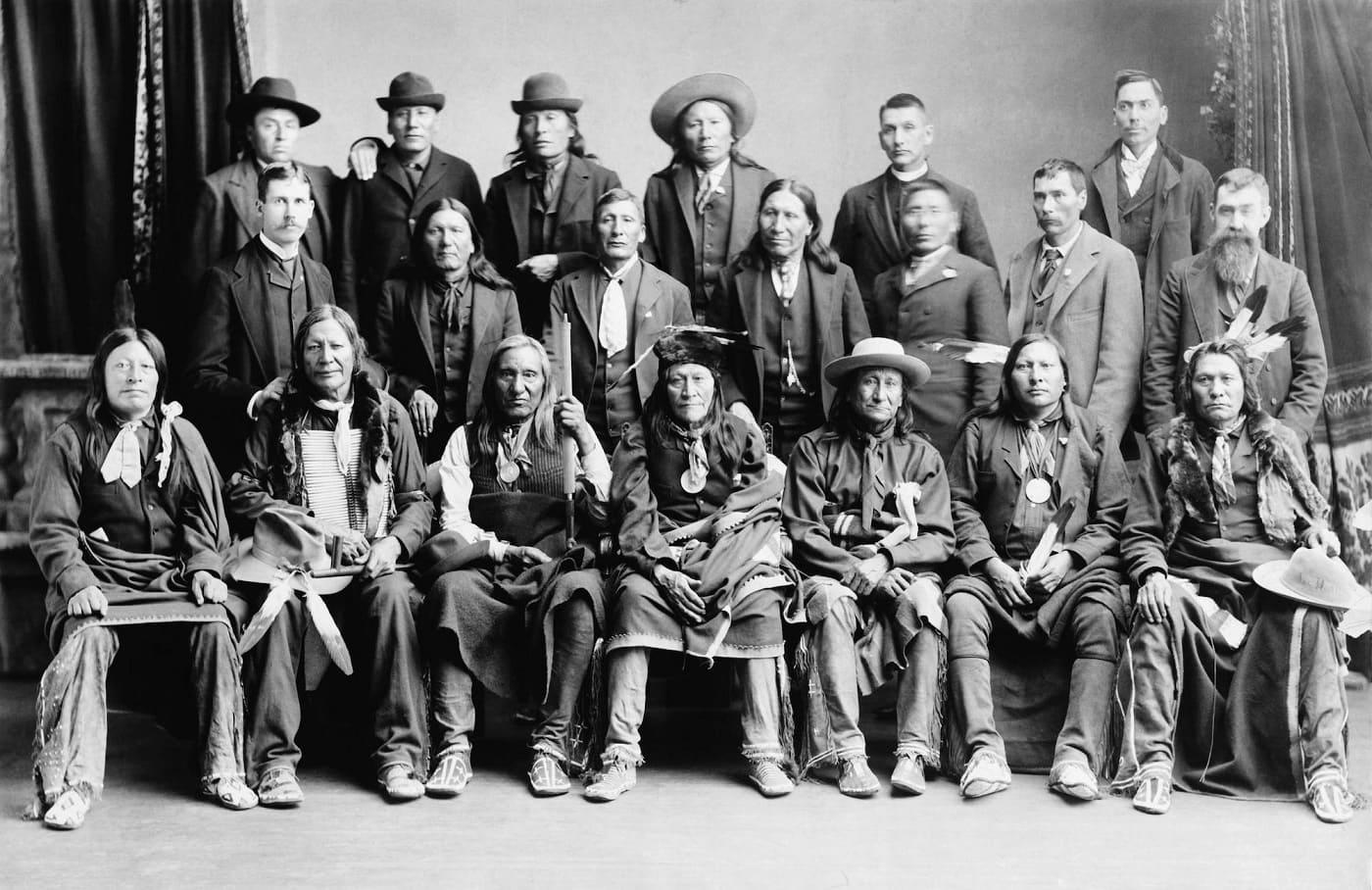The history of Native American rights in the United States is one characterized by struggle and resilience. The Native American populations were the original inhabitants of the continent long before the arrival of European settlers. Over centuries, their rights have been consistently challenged and redefined.
The concept of Native Sovereignty holds that Native American tribes are distinct, independent political communities within the U.S., retaining various powers of self-government. This sovereignty, however, has been tested and limited through legislation and court rulings.
Early History of Native American Rights
Encounter with Europeans and Its Consequences
The encounter with Europeans led to drastic changes in the lives of Native American tribes. The newcomers brought diseases, land dispossession, and violent conflict, significantly affecting the indigenous populations and their rights.
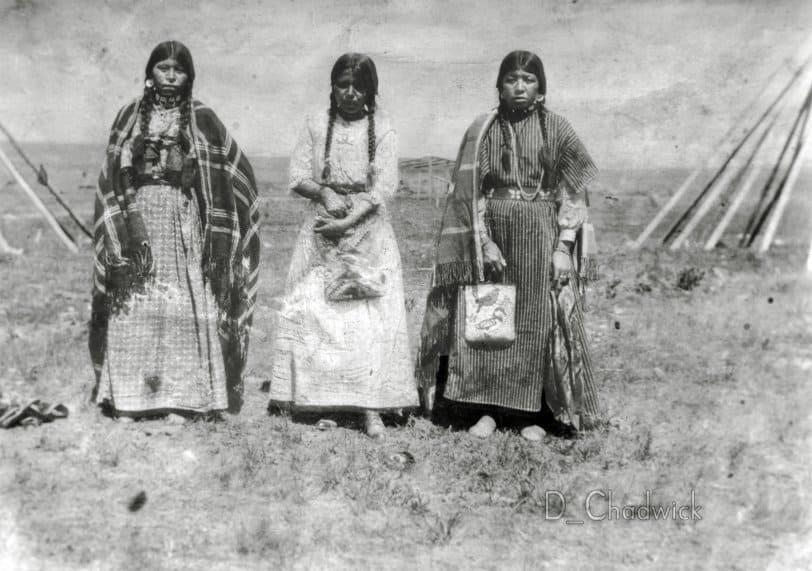
Policies of “Removal” and “Civilization”
During the 19th century, U.S. government policies aimed to “civilize” Native Americans, converting them to Western norms and Christian values. The Indian Removal Act of 1830 resulted in forced relocations of tribes, often referred to as the Trail of Tears, due to the massive loss of lives involved.
U.S. Policies towards Native Americans in the 19th-20th Centuries
In the late 19th and early 20th centuries, U.S. policy aimed to assimilate Native Americans into mainstream society. This included the boarding school system, designed to eradicate Native languages and cultural practices.
The reservation system was implemented as a means of segregating Native Americans and freeing up their lands for European settlers. It further marginalized Native communities and created long-lasting socio-economic issues.
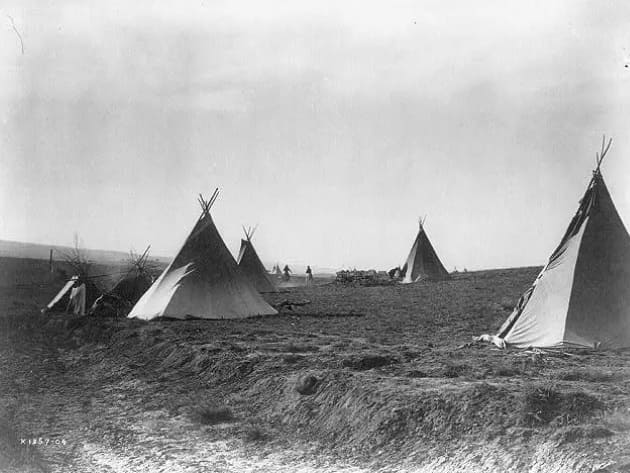
Key Laws and Treaties Pertaining to Native American Rights
19th Century Treaties
Many treaties were signed between Native American tribes and the U.S. government throughout the 19th century. Often these treaties involved the cession of lands by tribes in return for the promise of protection and services, promises frequently broken or inadequately fulfilled.
Indian Civil Rights Act
The Indian Civil Rights Act of 1968 ensured that Native Americans were granted many of the same rights as other U.S. citizens. However, it also limited tribal governmental powers in significant ways.
Passed in 1975, this Act represented a shift in U.S. policy, allowing greater self-governance by tribes and providing federal assistance for tribal education.
Contemporary Issues and Challenges
Many Native American communities face serious socio-economic challenges, including poverty, unemployment, inadequate healthcare, and low educational attainment.
Disputes over land rights and tribal sovereignty continue, often involving resource extraction on tribal lands or jurisdictional conflicts between tribal and non-tribal governments.
Many Native American languages are endangered, and cultural traditions are threatened. Efforts are underway within many tribes to preserve and revitalize their languages and cultures.
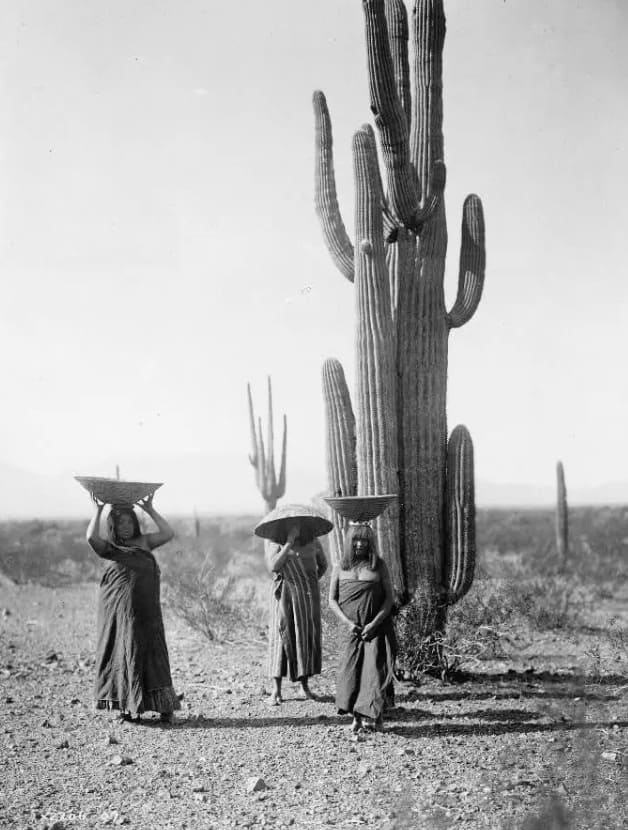
Native American Rights and the Legal System
Native Jurisdiction and the American Legal Process
The complexity of Native jurisdiction—tribal, federal, and state—creates unique legal challenges. Several landmark court cases have shaped the landscape of Native American rights in this regard.
Several key cases have had significant impacts on Native American rights, such as the “Worcester v. Georgia” case, affirming tribal sovereignty, and the recent “McGirt v. Oklahoma,” which upheld tribal jurisdiction.
Role and Influence of Native American Rights Advocacy Groups
National Congress of American Indians
Founded in 1944, the National Congress of American Indians has been instrumental in advocating for Native American rights at the national level, addressing issues from tribal sovereignty to economic development.
Other Influential Organizations and Movements
Several other organizations and grassroots movements play crucial roles in advocating for Native rights, such as the American Indian Movement, Native American Rights Fund, and various tribal councils.
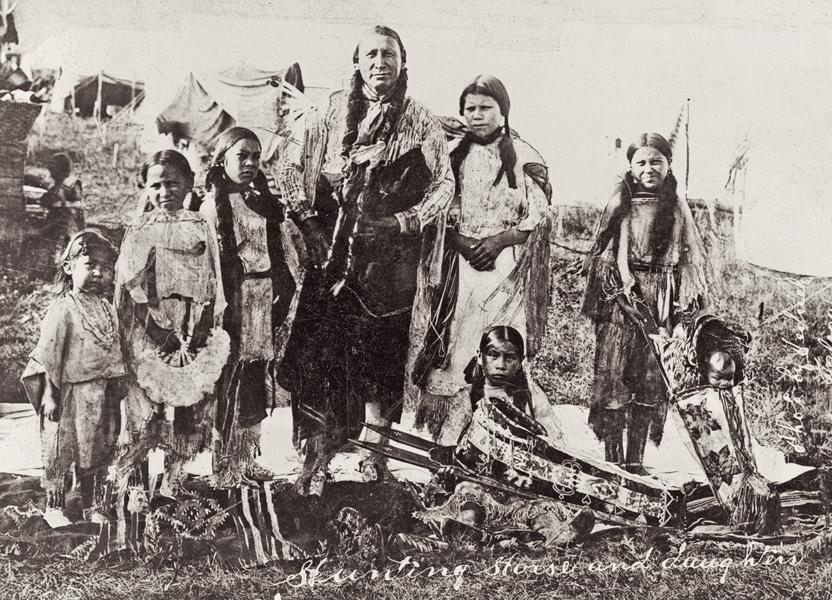
Future Prospects for Native American Rights in the U.S.
Political initiatives aiming to address Native American issues are underway, such as increasing representation in political offices and ongoing legislative efforts to protect tribal lands and rights.
Efforts are being made to address socio-economic disparities in Native communities through economic development initiatives, improved access to education, and healthcare reforms.
Conclusion
The Struggle for Native Rights and Its Significance for American Society
The struggle for Native American rights has shaped, and continues to shape, the political and social landscape of the U.S. Recognizing and respecting these rights is vital for justice, reconciliation, and the healthy development of the diverse fabric of American society.
